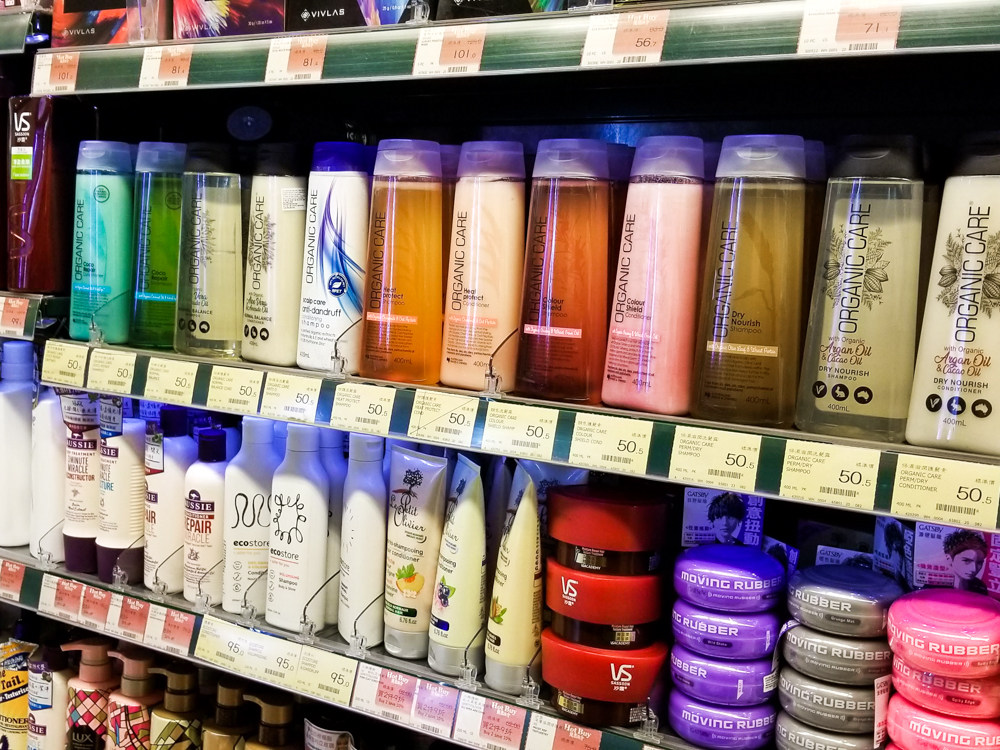4 Mins Read
Waste activist and Green Queen columnist Smita J gets down and dirty with some plastic-free maths. Her conclusion? When it comes to personal care, we’re drowning in plastic emissions and we’re underestimating how much impact our personal choices have.
Disposable plastic has been finally linked to climate crisis through a study in a massive report called Plastic & Climate: The Hidden Cost of Plastic Planet.
The report estimates the emissions contribution of plastic, from cradle to resin to use to disposal. Considering a significant amount of waste is incinerated (aka burned), there’s emissions right there. This report only considers emissions from industrial incinerators but it’s worth keeping in mind that burning waste is also a “solution” employed by rural folks with no access to sanitary waste disposal.
Plastic is still projected to grow because of fossil fuel growth – fracking & oil. 99% of plastic is from fossil fuels. Why are fossil fuels as an industry still growing? As Naomi Klein wrote in This Changes Everything, energy companies must have a reserve ratio of 1:1 to maintain share prices & investments. That means for every quantity of energy they produce, they must have that amount in reserves (which can be under exploration like deep sea drills, tar sands & fracking). That involves emissions from exploration, extraction, processing from resin to the final product and then disposal. The study estimates that by 2050 plastic will be responsible for up to 13% of the total “carbon budget” – equivalent to 615 coal-fired power plants.
The fastest growing contribution to disposable plastic is packaging & fast moving consumer goods (FMCG) – shampoos, personal care items, chips, chocolates, snacks, facial wash, detergents…you catch my drift.
Think you as a single person can’t make a difference? Well, I’ve got some numbers for you.
Since ramping up my anti-plastic/low-to-zero waste journey in April 2017, I have made the following swaps in my personal care routine:
- Swapped my shower gel & face wash for a bar of soap
- Ditched my face cream for face oil
- Stopped using shampoo & conditioner for water-only hair wash & coconut oil infusion
- Quit toothpaste for homemade tooth powder or package free paste
- Left behind sanitary pads & tampons for a menstrual cup
I did a rough emissions saving calculation based on just a couple of my swaps.
The carbon footprint to make a 500ml plastic bottle (for water) is about 83g of carbon dioxide (I used this estimate). This covers the entire process of fossil fuel extraction, processing, packing, shipping and consumption of the bottle.
Let’s assume the same emissions amount for a plastic shampoo or body shower gel bottle (while these usually consisting of a smaller volume of liquid than a 500ml water bottle, they require more material because they are more dense than a plastic bottle). If I had used conventional products every month, I would have averaged around 3 bottles a month (1 x shampoo, 1 x conditioner & 1 x body shower gel). Over two years, that’s roughly 72 bottles, or 5kg of CO2 saved. Sound like not much to worry about?
Let’s say everyone in greater Kuala Lumpur made the same plastic-free swaps at the same time as I did. That’s 7 million people in 2 years saving an astounding 35,000 tonnes of CO2 emissions. And that’s ONE city.
Or consider just body shower gel. 7 million KL residents using 7 million bottles a MONTH, or 84 million bottles a year. Swapping to a body soap bar means a saving of almost 7,000 tonnes in CO2 emissions. This is the equivalent of the emissions of about 1,500 passenger vehicles (cars) a year. It’s a worthy dent. And again, it’s one product, in one city. Can you imagine the emissions savings if every body on the planet ditched all plastic personal care and household cleaning bottles? It boggles the mind.
And don’t even get me started on the disposal of all these bottles, because recycling is an urban myth. Not so gentle reminder: only 9% of plastic globally is ever recycled, 12% is incinerated and the rest sit in landfills or in oceans. Quit fooling yourself.
So yes. That’s the impact of making small changes. Your choices matter. The little things you do can add up to huge positive impacts. So do them. Make the change. Use bar soap, ditch the shampoo bottle (or go full on no-poo), bring your own water bottle, etc… The choice is yours.
We’ve got to be all in if we want to see sweeping, meaningful change.
Lead image courtesy of Green Queen: plastic personal care products at Hong Kong supermarket.



